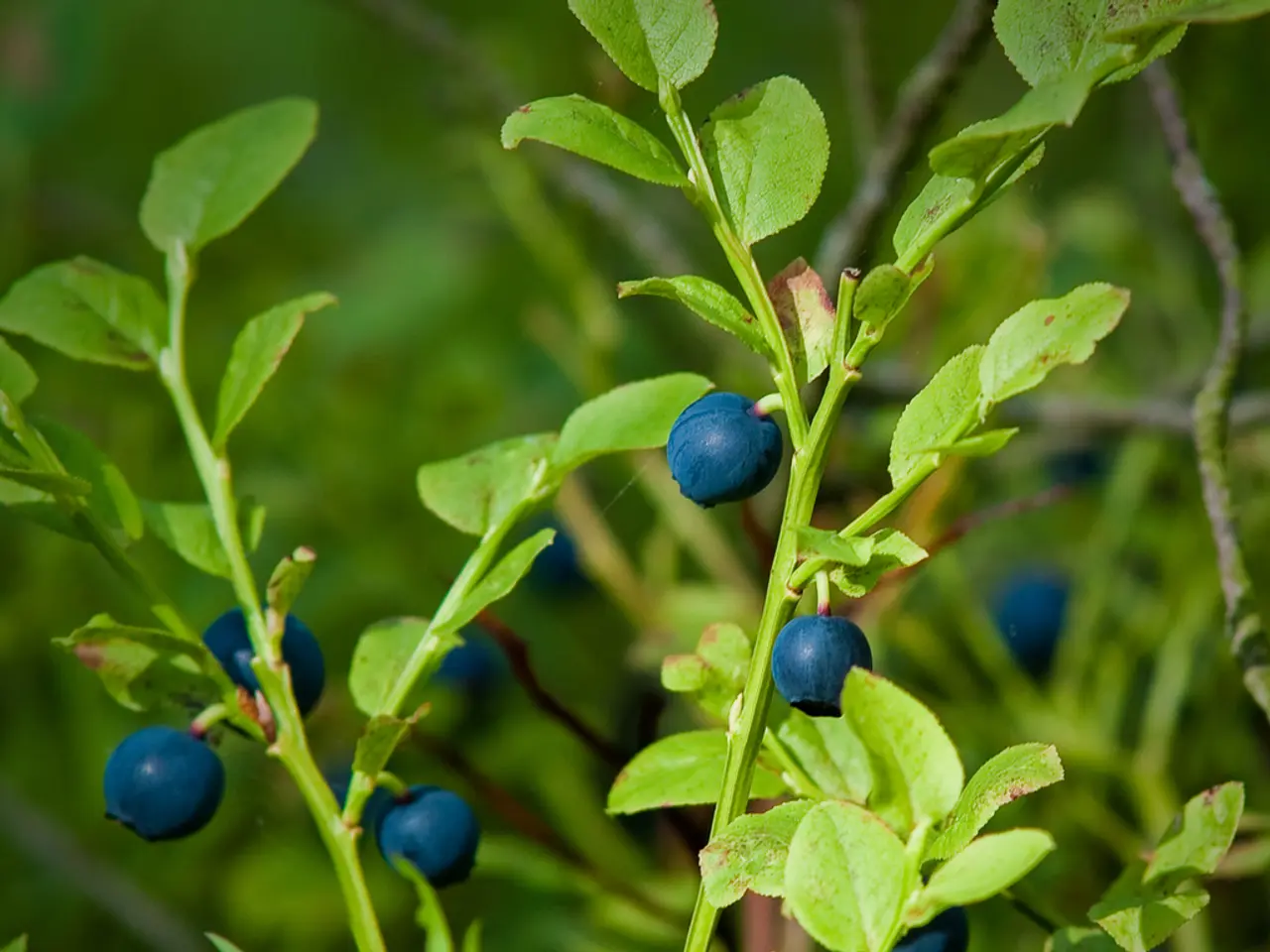Harvesting edible plants in May
## May Gardening: A Guide to Planting and Growing Tomatoes
As the days grow longer and warmer, it's time to start thinking about planting tomatoes in your garden. Here's a comprehensive guide to help you ensure a bountiful harvest.
### Soil Preparation
To create the perfect environment for your tomato plants, begin by checking the soil temperature. Ideally, it should be consistently above 60°F to 65°F to foster healthy growth. Test your soil to determine its pH level and nutrient content. Tomatoes thrive in slightly acidic to neutral soil, with a pH ranging between 6.0 and 7.0. To improve soil structure, fertility, and moisture retention, add organic matter such as compost or manure. If you're using containers, opt for a high-quality potting mix that offers good breathability and moisture retention.
### Planting
Choose disease-resistant tomato varieties to protect your crops from common diseases like early blight and Fusarium wilt. In regions with cooler Mays, plant tomatoes towards the end of the month when the risk of frost has passed. Ensure that your containers are at least 12 inches deep and wide enough to accommodate the mature size of the plant.
### Staking and Support
For rows of tomatoes, use trellising to maximise space and support heavy fruit loads. Install sturdy posts and wire or twine between them. The Florida Weave method is a cost-effective and versatile option that supports multiple plants, making it ideal for determinate varieties. Spiral stakes provide natural support for smaller tomato varieties without the need for ties.
### Additional Care
Remove suckers to direct more resources to the main stems and promote larger fruit. Use a balanced fertiliser and add amendments like fish meal and bone meal to enhance nutrient availability. Maintain consistent moisture levels, avoiding overwatering, which can lead to diseases and calcium uptake issues.
### Harvesting and Protecting Other Crops
Salad leaves can be succession-sown to avoid over-maturing and bolting. Composted manure and chicken pellets are mixed into the planting hole for tomatoes. To protect strawberry crops from birds in summer, use a bag of straw and netting. Tomato plants are staked to support the weight of fruit.
### Comfrey Liquid Feed
Grow comfrey behind your greenhouse for making homemade liquid feed. The 'Bocking 14' strain of comfrey is particularly effective. To make the feed, simply cut the comfrey leaves and place them in a 3-liter bottle with its bottom cut off, creating a funnel. Fill the bottle with water and leave it to steep for a few weeks. Once ready, add 10ml of this comfrey liquid to each liter of water when watering your plants.
By following these practices, you can ensure healthy tomato plants and a successful harvest. Happy gardening!
Tomatoes are not just vegetables for consumption; they can also be a beautiful addition to your home-and-garden and lifestyle, enhancing the overall aesthetic of your living space. When planted and taken care of properly, a productive tomato garden can contribute to a more fulfilling and enjoyable lifestyle.




